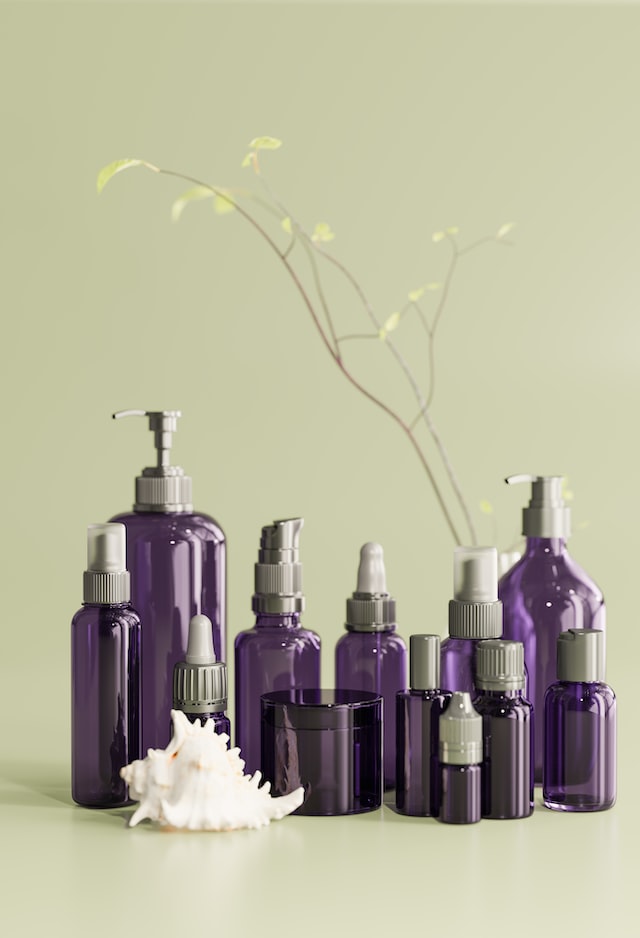
How to Package Sprayers For Bottles
If you are looking for ways to package sprayers for bottles, you have come to the right place. Sprayers for bottles are a cost-effective packaging solution. They are available in a variety of materials and meet FDA standards for direct food contact. These sprayers are safe to use and comply with safety regulations for essential oils. Learn about the different types of sprayers and the best way to package them. In this article, you will find a few tips that will help you choose the best sprayer for your bottle or can.
Trigger spray bottles allow users to keep their wrists straight
The most significant advantage of trigger spray bottles is the ease of use. Rather than tilting your wrist to spray, you can keep your wrists straight and spray the entire surface with one action. Moreover, the trigger spray bottle allows you to adjust its nozzle to spray the product in various directions. This allows you to reach high spots and avoid spraying nearby surfaces. Unlike other spray bottles, trigger spray bottles are also available in different colors.
Trigger spray bottles have two main benefits. They allow users to keep their wrists straight and their wrists in a comfortable position and can deliver a wide stream of products. The trigger allows users to hold the bottle at an angled position, allowing them to control the spray with ease. In addition, trigger spray bottles are easier to store and are less prone to tipping.
Economical packaging solution
The sprayer for bottles offers many benefits. Compared to other packaging materials, it weighs less than ten grams when filled with eighty milliliters of solution. Its lightweight design protects 80 percent of the product and minimizes freight expenses by 90 percent. One truck can transport more than two million refill containers, while only one lorry can transport approximately 19,000 spray bottles. Compared to other packaging solutions, spray bottles offer better value for money.
The basic design of spray bottles involves two principal parts: the bottle and the sprayer. The bottle holds the liquid and the sprayer produces the liquid through a simple pumping action. Typically, bottles are made of polymer materials, such as Low-Density Polyethylene (LDPE), High-Density Polyethylene (HDPE), Polyethylene Terephthalate (PET), or other similar polyolefins.
Meet Food and Drug Administration (FDA) requirements for food contact
When putting a product in a bottle, a sprayer should meet the FDA’s guidelines for food contact materials. The FDA defines food contact materials as substances or components that come into direct contact with foods. To ensure that a product is safe and compliant, manufacturers should check the labeling and regulations of the substances they use. Many sprayers for bottles are compliant with the FDA’s regulations.
Many plastic types are considered food-grade. FDA-approved LDPE resin meets the requirements for food contact, and it is widely used for baby bottles, yogurt, and ketchup. PP is semi-transparent, hard, and has a high resistance to solvents and other chemicals. While PP is the most common material for bottles, it is not as safe as other plastic materials. Some plastic types, however, are more food-safe than others.
Made from a variety of materials
Bottles with sprayers are frequently oblong or oval in shape. They are typically manufactured in PET or HDPE resins but can be made with other types of materials for specific applications. The size and shape of the bottle can also vary, with some featuring ergonomic finger grips and rectangular bases for shipping and storage. Common industrial applications include cleaning solutions, garden chemicals, and commercial products. Sprayers for bottles are designed to meet the specific needs of each industry.
Bottle sprayers are generally composed of two basic components: the bottle itself and the sprayer. A pumping action triggers the release of liquid, which reacts to the user’s fingers to produce a fine mist. Bottles with sprayers are made from several different materials, including polyesters, PET, and Low-Density Polyethylene (LDPE).
